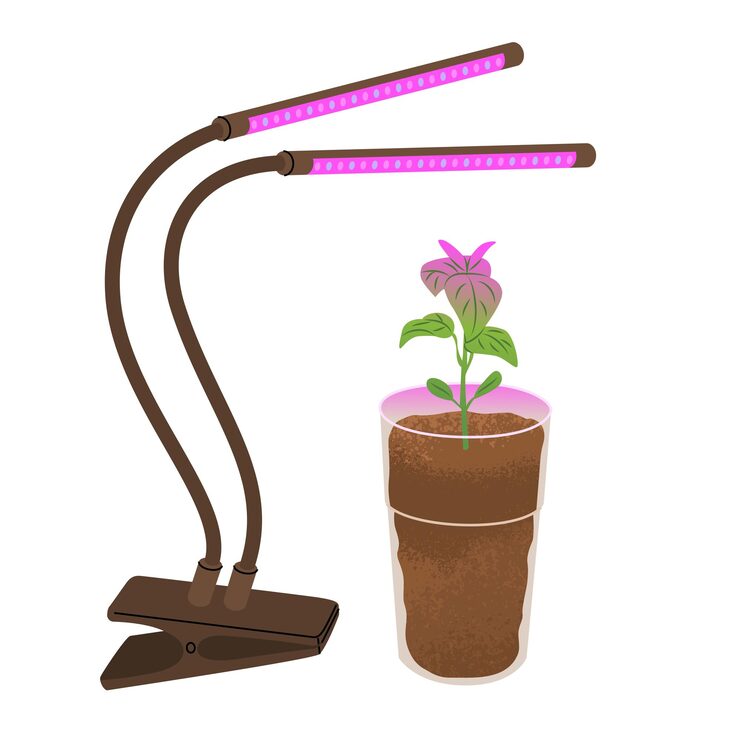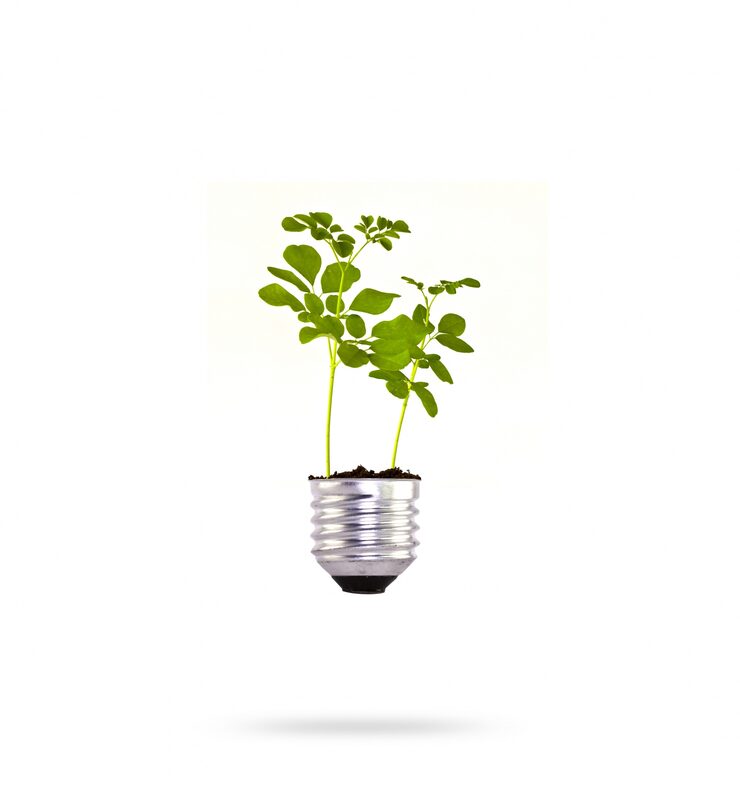Indoor gardening allows you to grow fresh produce, herbs, and flowers year-round, regardless of the weather outside. However, seedlings need more than just water and nutrients to thrive—they need the right kind of light. A germination light delivers the precise spectrum and intensity required for early plant growth, ensuring strong, healthy seedlings from the very start. This article explores how germination lights work, their benefits, and tips for using them effectively.
Why Seedlings Need Specialized Lighting
Seedlings are delicate and have specific light requirements that ordinary household bulbs cannot meet. Light fuels photosynthesis, the process that allows plants to create energy. Without adequate lighting, seedlings can become weak, pale, and elongated as they stretch toward limited natural light. Specialized germination lighting ensures seedlings receive the correct wavelengths for strong stems, lush leaves, and healthy root systems.
Understanding the Light Spectrum for Plant Growth
Plants respond to different wavelengths of light in unique ways. Blue light encourages leafy growth and helps develop strong stems, while red light promotes flowering and root expansion. Germination lights are designed to balance these wavelengths, providing the optimal conditions for seedling development. This ensures your plants get a strong start and can transition easily to later growth stages.
Advantages of Using Germination Lights
There are several key benefits to using germination lights in indoor gardening:
- Year-Round Growing: Cultivate plants in any season without relying on natural sunlight.
- Consistent Growth: Maintain a steady light supply, regardless of weather changes.
- Faster Development: Accelerate germination and seedling growth compared to natural light alone.
- Stronger Plants: Reduce the risk of leggy, weak seedlings by providing balanced light intensity.
Choosing the Right Light for Your Plants
When selecting a germination light, consider your growing space, plant types, and budget. LED lights are a popular choice due to their low heat output, long lifespan, and energy efficiency. They provide consistent light without raising temperatures to harmful levels, making them ideal for delicate seedlings.
Placement and Timing for Best Results
The distance between your light and seedlings plays a big role in growth quality. Too close, and you risk heat damage; too far, and plants may not receive enough light. A general guideline is to place lights 2–4 inches above seedlings and adjust as they grow. Most seedlings benefit from 14–16 hours of light per day, followed by a period of darkness to maintain healthy growth cycles.

Supporting Growth Beyond Germination
Once your seedlings have sprouted, transitioning to a stronger grow light for seedlings can promote further development. These lights are designed for the vegetative stage, helping plants grow larger leaves, thicker stems, and stronger roots. Proper lighting at this stage ensures a smooth transition to flowering and fruiting phases.
Benefits of a Full Spectrum Lighting Setup
A full spectrum grow light mimics natural sunlight by providing the complete range of wavelengths plants need throughout their life cycle. This type of lighting supports seedlings during germination and continues to promote healthy growth during later stages. Full spectrum systems are especially beneficial for gardeners who want a single setup for all stages of plant development.
Tips for Maximizing Germination Light Efficiency
To get the best results from your germination light, follow these tips:
- Use Quality Seeds: Healthy seeds respond better to optimal lighting conditions.
- Monitor Temperature: Seedlings thrive in slightly warmer conditions, which can be maintained with heat mats alongside lighting.
- Water Carefully: Keep soil moist but avoid overwatering to prevent root rot.
- Rotate Seed Trays: This ensures even light exposure and balanced growth.
Common Mistakes to Avoid
Even with the right equipment, some mistakes can hinder seedling growth:
- Inconsistent Light Cycles: Plants thrive on routine, so use timers to maintain consistency.
- Ignoring Other Growth Factors: Light is crucial, but seedlings also need proper nutrients, water, and airflow.
- Overheating Plants: Even LEDs can cause damage if placed too close without ventilation.
Real-Life Example of Successful Germination
Many gardeners have successfully grown healthy seedlings indoors by using germination lights. For instance, basil and tomato plants started under controlled lighting tend to be stronger, more compact, and more resilient than those grown in window light alone. These seedlings also adapt better when transplanted outdoors, resulting in higher survival rates and improved yields.
Conclusion
A germination light is one of the most effective tools for starting plants indoors. It ensures seedlings receive the right spectrum and intensity of light, promoting strong growth from day one. Whether you are growing vegetables, herbs, or flowers, proper lighting is key to success. By pairing germination lights with good watering practices, quality seeds, and proper temperature control, you can enjoy healthy, thriving plants year-round. Indoor gardening becomes more predictable, productive, and enjoyable when you provide your plants with the light they need at every stage of growth.



